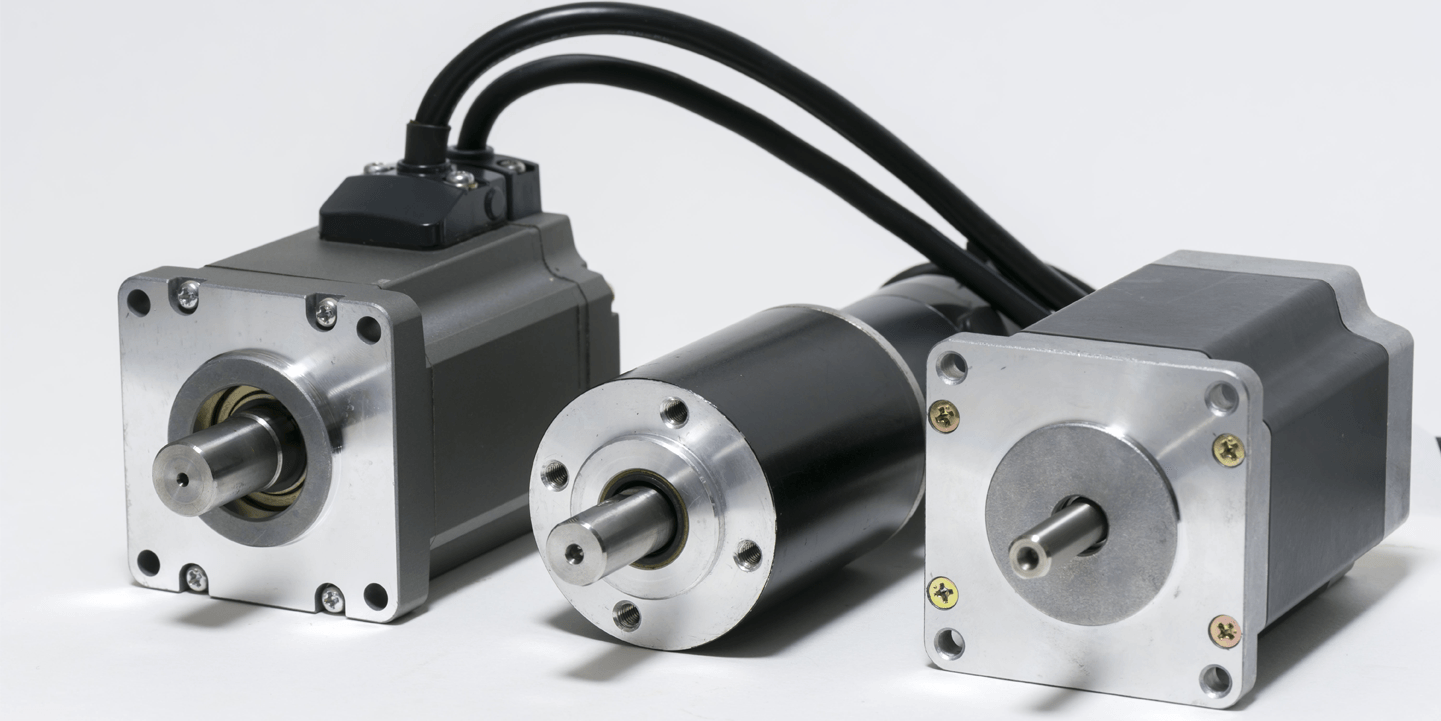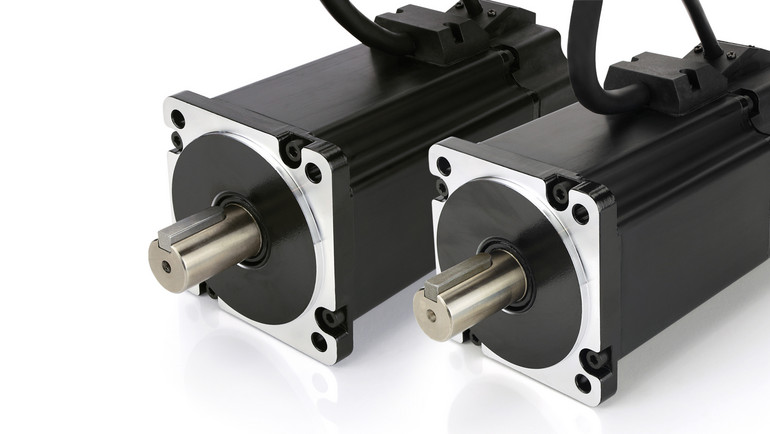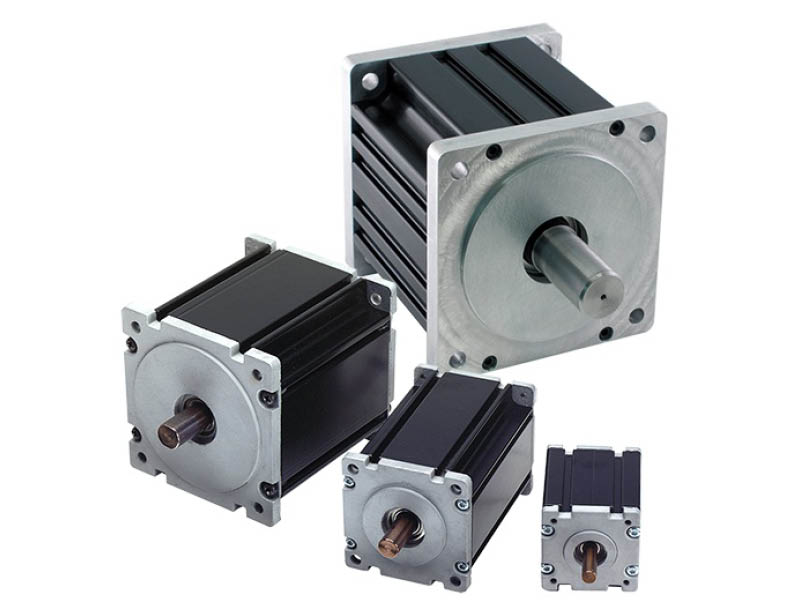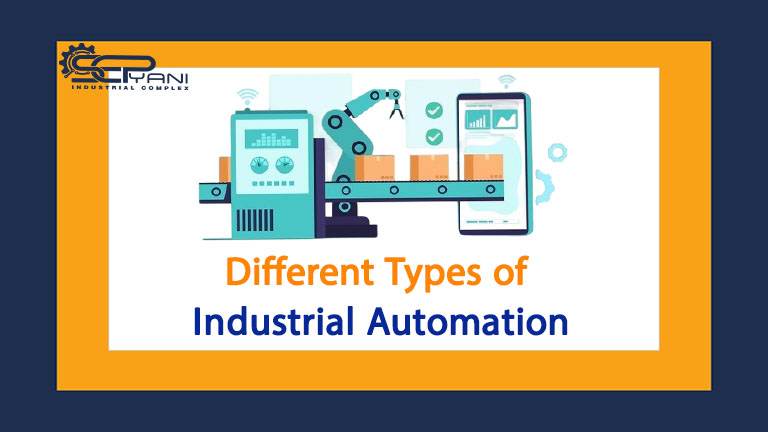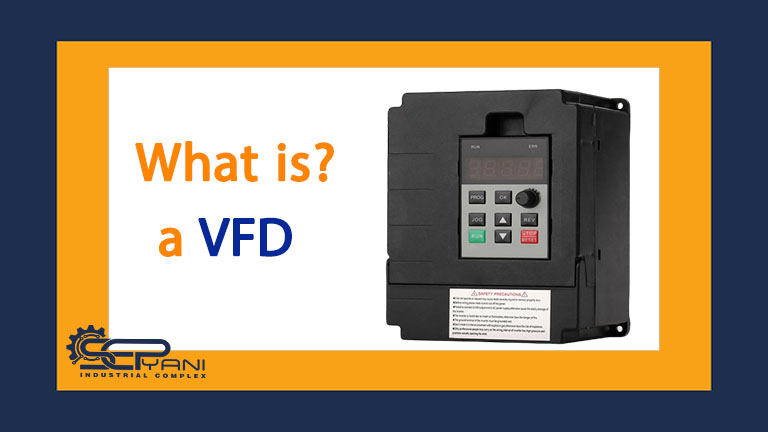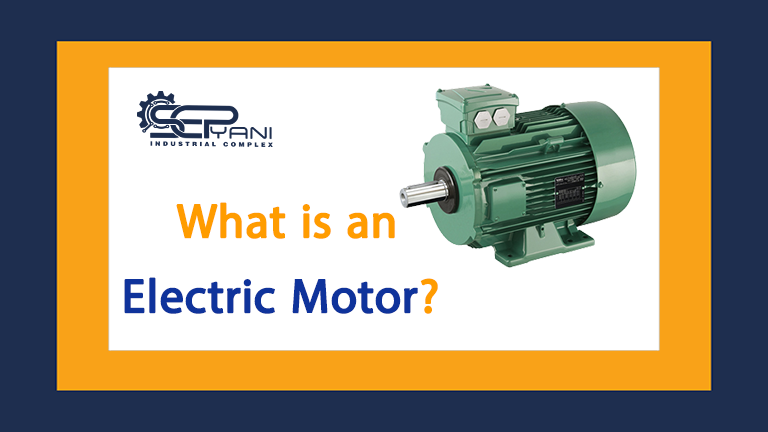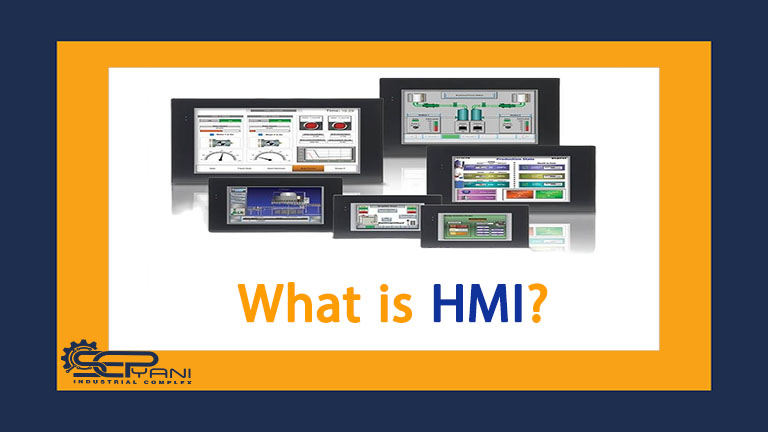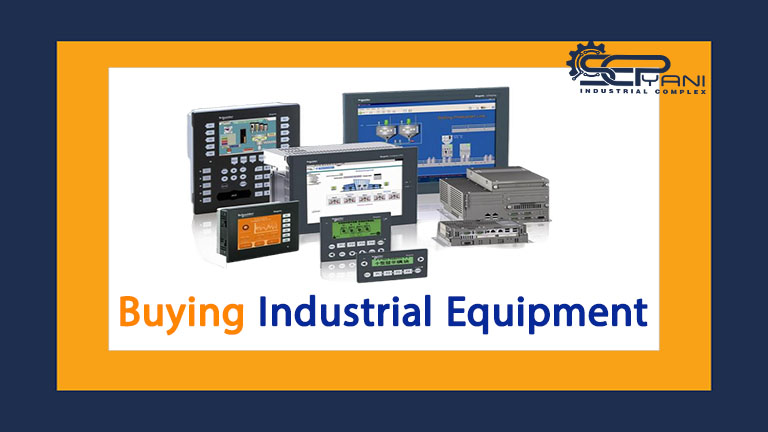Servo Motor
A servo motor is an electric motor that enables continuous determination of precise positions, speeds and torques through electronic control (servo controller). A software interface with electronic control also allows precise parameterization and programming to drive the motor, which has many capabilities.
In particular, additive processes in plastic manufacturing as well as automation and robotics solutions can be effectively implemented and enable maximum precision for production processes.
The formation process of servo motors
The term servo motor should be seen historically. “Servus” is Latin for servant or slave. The name comes from where the motors were used as support drives (auxiliary drives). Due to the rapid and continuous development of equipment, for example semiconductor technology. Currently, they are increasingly used as primary drives when a high degree of performance and accuracy is required.
Special feature of servo motor
Due to the way they work, servo motors have a special feature by which the torque, speed and position can be precisely controlled, and because of this, very precise and dynamic movements are possible. The servo motor is permanently connected to a servo controller, which converts the signals of a control unit, which is mostly digital today, and enables precise programming. In the manufacturing industry, servo motors are used in various forms in industrial automation. For example, to control the roll of a printing press, additive manufacturing methods in plastic technology or in robotics.
How does a servo motor work?
Modern servo motors are operated by a servo controller and both together form the servo drive. With this combination, the motor can be controlled with very precise movements, high effective torque and high power efficiency. According to the way it works, especially in energy consumption, it is very efficient and can achieve a high nominal power with a relatively small error. Therefore, the costs are saved in different ways, which are used for more economic efficiency of the drive systems.
However, the servo motor’s maximum power and performance is not realized until it interacts with the servo controller. Programming with software support increases control accuracy in the best way.
Pre-defined torque, position and speed can be controlled with maximum precision and dynamically adapted to the required movement. Therefore, very complex machine processes can be implemented.
Proper ventilation and cooling:
Since servo motors are generally subjected to high loads, effective cooling is essential in many cases. This can be implemented in several ways:
- Air
- Oil
- Water
Air cooling can be an option. But due to the regular cleaning required, it has the disadvantages of occupying a relatively large space and requiring maintenance. Failure to clean will reduce the cooling capacity and the device may fail.
The water cooling method for the servo motor can be implemented in much less space and also requires less maintenance. In addition, a compact and side-by-side arrangement is possible for a large number of servos. without the heat of each of them affecting the other. The same applies to oil cooling, although here the cooling capacity is somewhat lower.
In short, water cooling is the ideal solution. Especially for places with limited space and special complications. Compared to non-cooled models, water-cooled servo motors can be used with much higher performance and similar dimensions.
Servo motor performance:
A servo controller is used as an intermediary between the control unit and the motor. This part is also known as a servo converter or servo amplifier because of the way it works, and it controls the torque, speed and position of the motor with high precision. It forms the interface between the software user interface and the engine and converts the signals accordingly.
The servo motor consists of a DC motor, a gear system, a position sensor and a control circuit. DC motors are battery powered and operate at high speed and low torque. The gear and shaft assembly connected to DC motors reduces this speed to sufficient speed and higher torque. The sensor receives the position of the shaft from its definite position by the sensor and gives the information to the control circuit.
Based on this, the control circuit decodes the signals of the position sensor and compares the current position of the motors with the desired position and accordingly controls the direction of rotation of the DC motor to obtain the required position. A servo motor generally requires a 4.8-6V DC source.
Servo motor is controlled by controlling its position using pulse width modulation technique. The pulse width applied to the motor varies and is sent for a fixed duration.
The pulse width determines the angular position of the servo motor. For example, a pulse width of 1 ms produces an angular position of zero degrees, while a pulse width of 2 ms produces an angular position of 180 degrees.
Advantages of servo motor:
Most importantly, the servo drive has high precision and can operate in specific positions and maintain its position without losing torque. This allows very fast acceleration and deceleration at certain speeds. Therefore, machines or robots driven by servo motors can perform very precise movements and are ideal for complex tasks.
Servo motors can be easily used in existing systems due to their relatively low initial costs, low maintenance costs, and long life.
And its other benefits are as follows:
If a heavy load is placed on the motor, the drive will increase the current to the motor winding in an attempt to turn the motor.
High speed operation is possible
Disadvantages of servo motor:
Since the servomotor tries to rotate according to the command pulses but has a delay, it is not suitable for precise rotation control.
high cost
When stopped, the motor’s rotor pulses back and forth. So that it is not suitable if you need to prevent vibration.
3 differences between stepper motor and servo motor:
Stepper motors have a large number of magnetic poles that are generated by a permanent magnet or an electric current. Servo motors have very few poles. Each pole provides a stopping point for the motor shaft.
A stepper motor has more torque at low speeds than a servo motor of the same size.
The operation of the stepper motor is synchronized with the command pulse signals output from the pulse generator. In contrast, servomotor performance is backward from command pulses.
Servo motor performance in different fields:
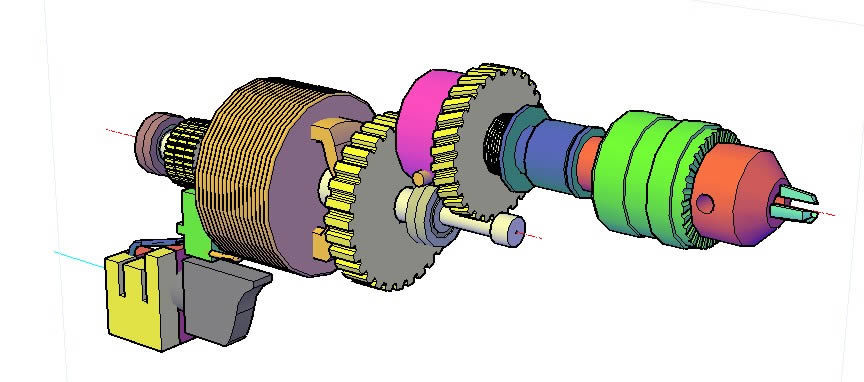
- plastic industry
- Textile processes
- Printing technology
- Shipbuilding
- Energy technology
- Metalworking
- Pharmaceutical industry
plastic industry:
The plastic manufacturing process can especially benefit from the way servo motors work. They are not only used for injection molding but are now also widely developed in additive processes. Especially in the production of plastic parts, maximum precision is required to be able to perform it optimally with a suitable servo system.
Textile process:
Knitting and sewing and many other types of textile processing require precise and fast machinery to achieve a good end result. The way the servo drive works is also ideal for this task because it not only achieves the required accuracy but also reduces maintenance costs.
Printing technology:
Paper and printing machines also use servo motors. Solutions suitable for the various needs of the printing industry can be implemented here.
The last word
Communicating servo motors through industrial networks and remote control will coordinate the equipment as much as possible in the production process, which you can control through the web server platform. You can also be informed about the maintenance time of servos and avoid high costs for repairs. Using the experience and expertise of skilled engineers in the field of industrial automation, Sepyani Industrial Group is at the service of all factories and businesses to provide you with the most reasonable price and the highest quality industrial automation parts and services. For more information, you can complete the free consultation request form so that we can contact you as soon as possible. Also you can contact us by What’sApp.


